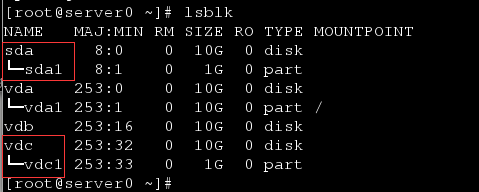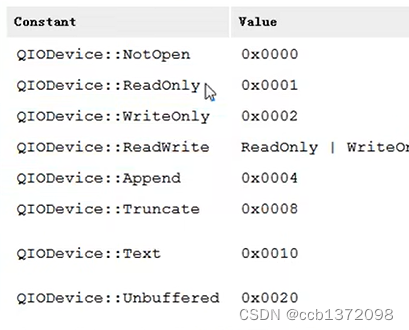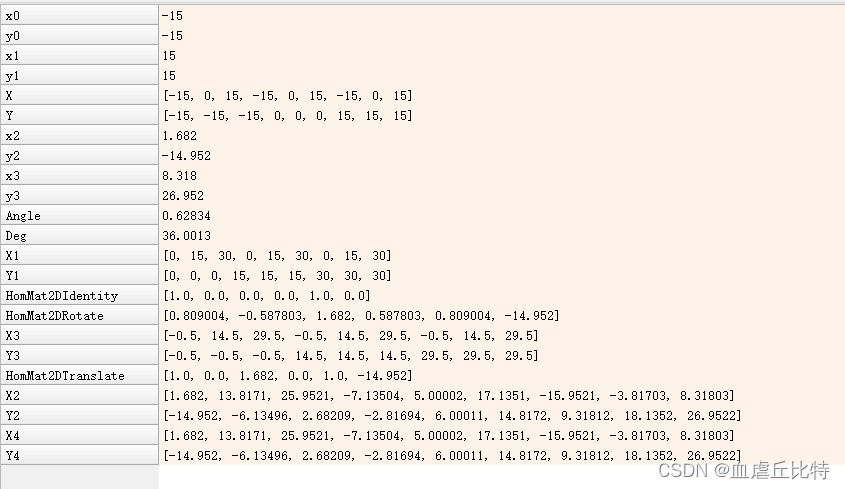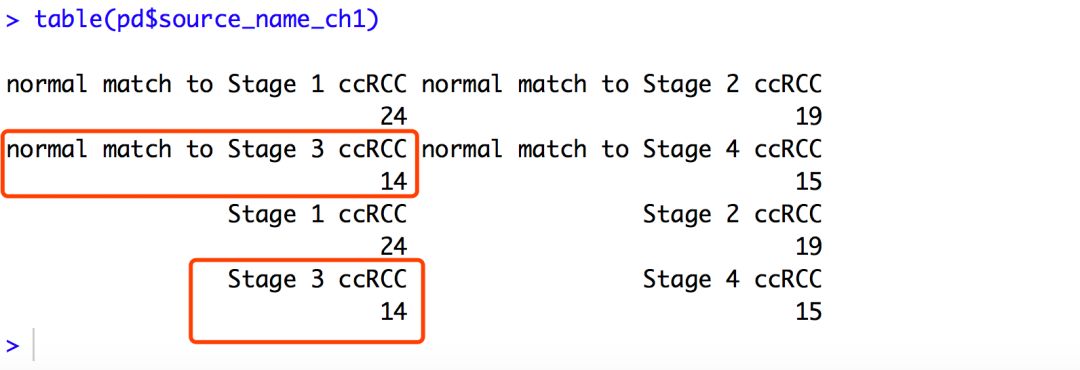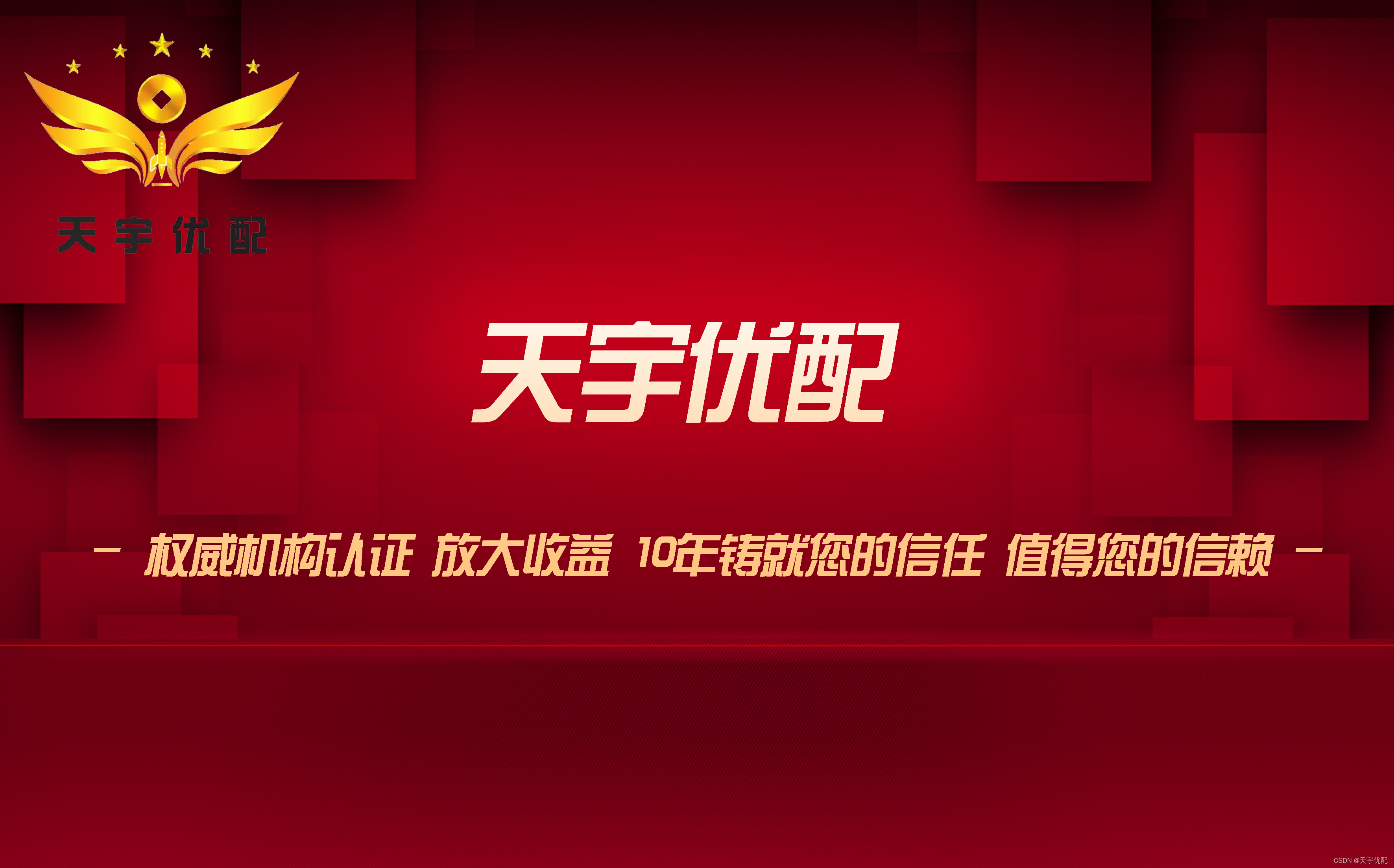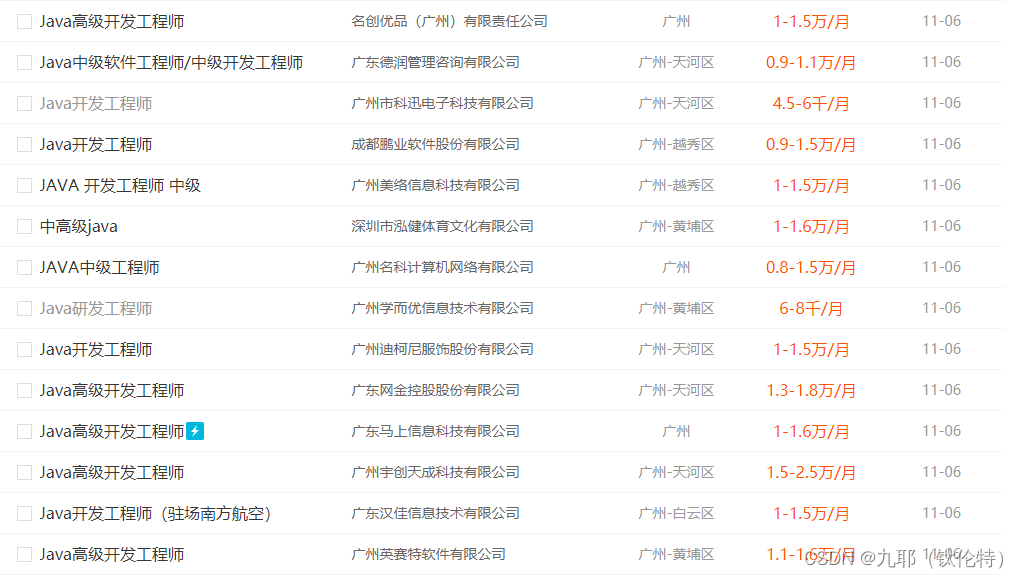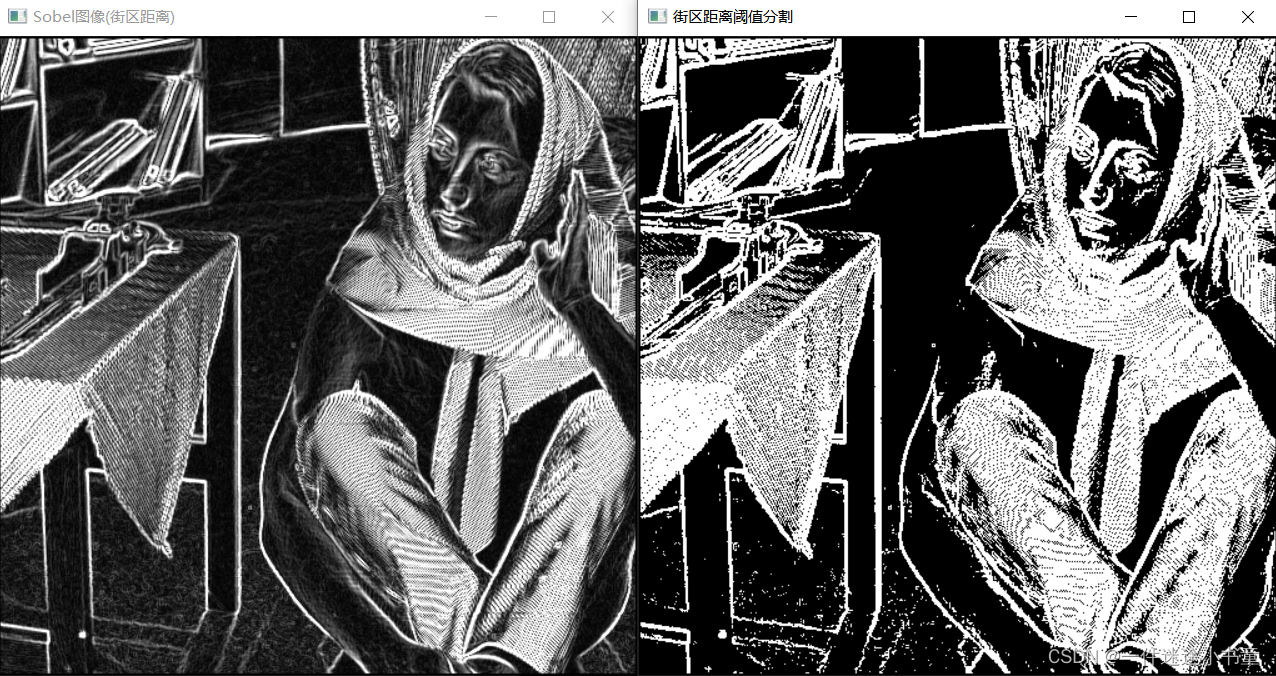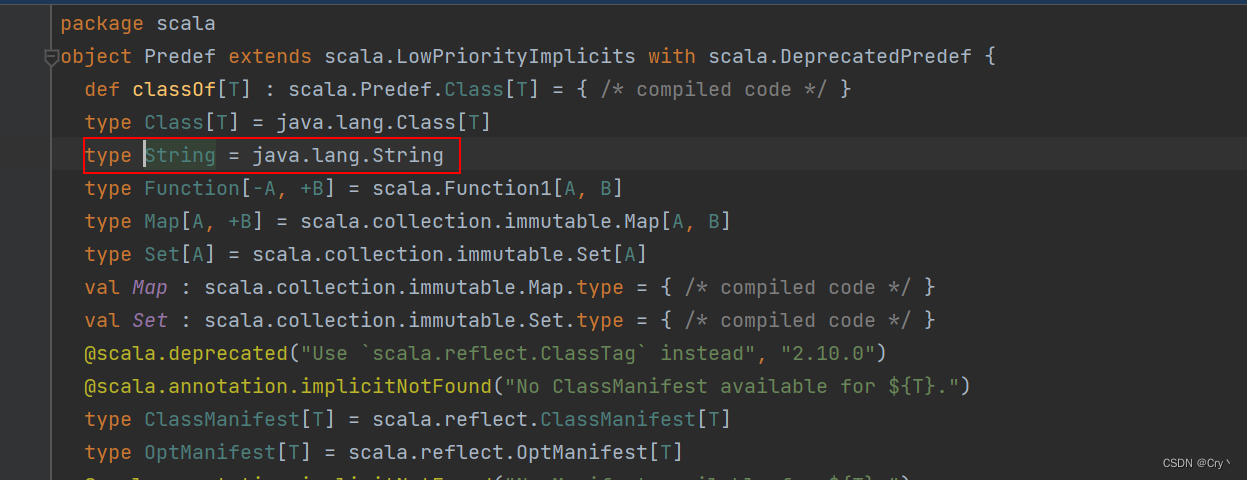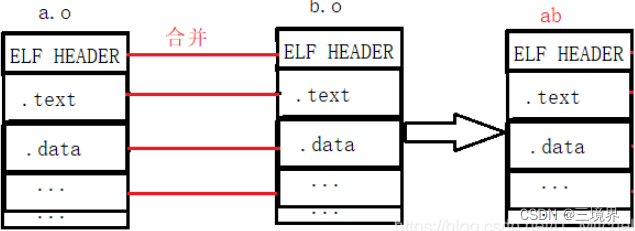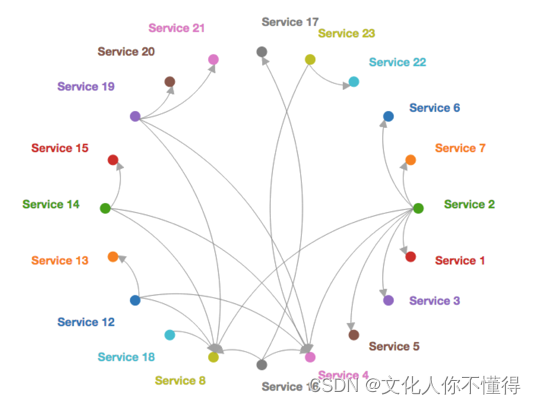同源策略:是浏览器的一种安全策略
同源意味着:协议、域名、端口号必须相同
违背同源便是跨域
当前网页的url和ajax请求的目标资源的url必须协议、域名、端口号必须相同
比如:当前网页:协议http 域名 a.com 端口号8000
目标请求:协议http 域名 a.com 端口号8000
同源表示:同一个来源
如果 a.com -->b.com发请求是跨域
http---->https发请求是跨域
800--->799发请求是跨域
性能是有限的,服务器增加,所以便会出现跨域
服务器部分:
const express=require('express')
const app=express();
app.get('/home',function(requset,response){
//设置响应头 名称 值----设置允许跨域
// response.setHeader('Access-Control-Allow-Origin','*');
//设置响应体
response.sendFile(__dirname+'/同源策略.html');//绝对路径
})
app.get('/data',function(requset,response){
//设置响应头 名称 值----设置允许跨域
// response.setHeader('Access-Control-Allow-Origin','*');
//设置响应体
response.send('用户数据');//绝对路径
})
app.listen(9000,()=>{
console.log('9000启动成功')
})前端部分
<!DOCTYPE html>
<html lang="en">
<head>
<meta charset="UTF-8">
<meta http-equiv="X-UA-Compatible" content="IE=edge">
<meta name="viewport" content="width=device-width, initial-scale=1.0">
<title>Document</title>
</head>
<body>
<h2>主页面</h2>
<button>点击获取用户数据</button>
<script>
const btn=document.querySelector('button');
btn.onclick=function() {
const xhr=new XMLHttpRequest();
//因为满足同源策略,所以url可以简写
//浏览器回自动加上
xhr.open('GET','/data');
xhr.send();
xhr.onreadystatechange=function(){
if(xhr.readyState===4){
if(xhr.status<300&&xhr.status>=200){
console.log(xhr.response)
}
}
}
}
</script>
</body>
</html>使用url与服务器响应信息(是同源的),再网页中button发送是ajax请求(由于当前网页与按钮访问的协议 域名端口都一致 满足同源策略 所以可以省略url部分)
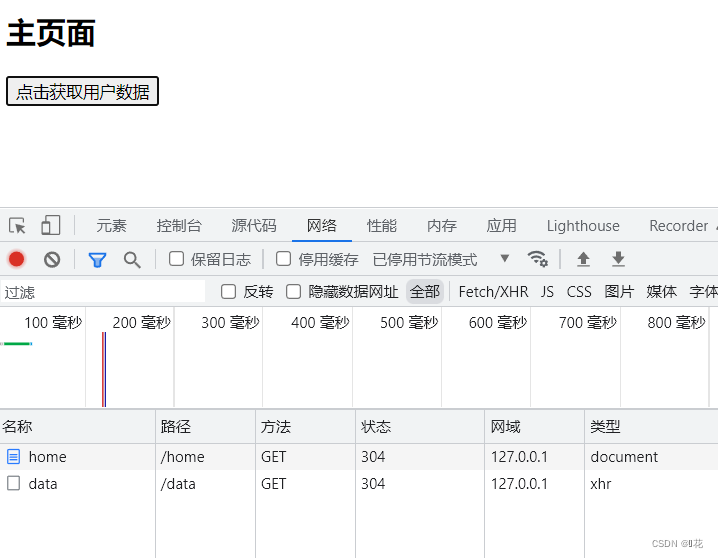



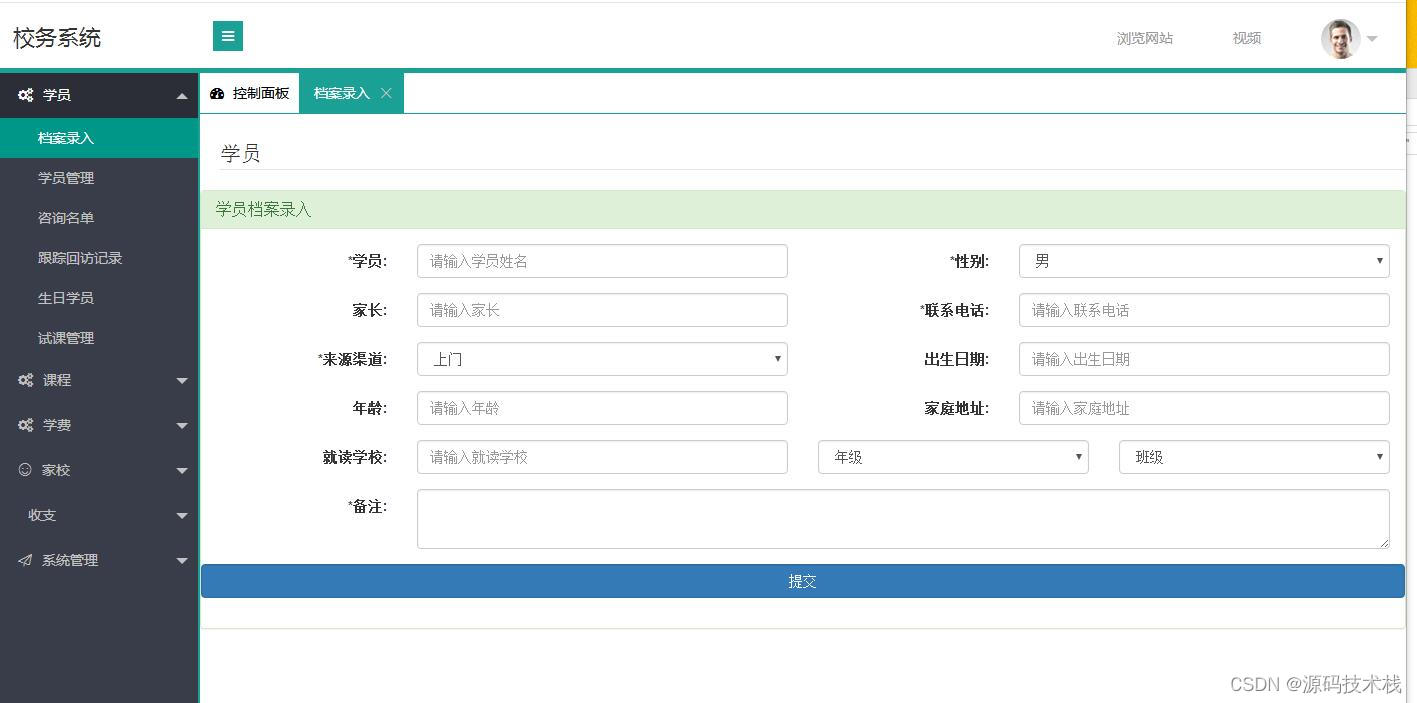
![[附源码]计算机毕业设计-菜篮子系统Springboot程序](https://img-blog.csdnimg.cn/f238c89d8253447cba4f5c4ba60f3c4d.png)
